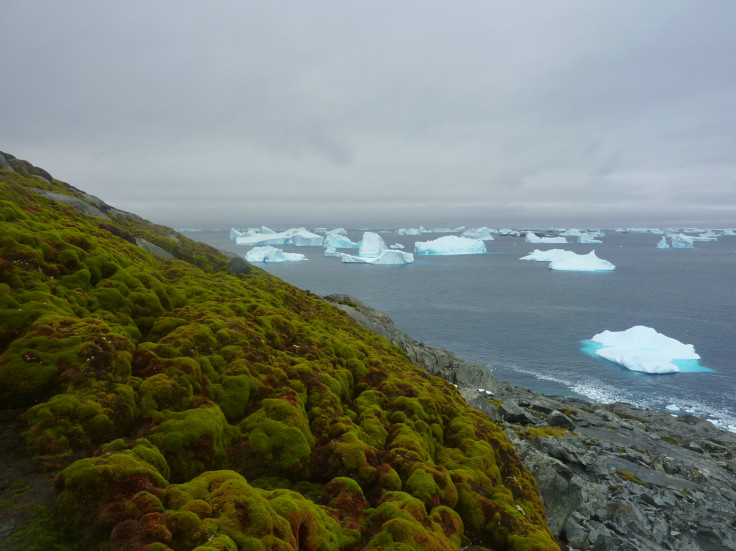Scientists discover reason behind outlandish green snow in Antarctica: Study
Blooming algae is the reason behind green snow in Antarctica.
In a shocking development, coastal Antarctica is experiencing green snow. This got researchers wondering until it was established that the fast-spreading phenomena is created by blooming algae in the region as an outcome of climate change. This is expected to spread further as the temperature rises.
According to a study by the team of researchers from the University of Cambridge and the British Antarctic Survey, discovered the real reason behind changing colour of the snow in Antarctica peninsula by observing combined satellite data with on-the-ground observations over two summers. It was observed that each individual part of algae is microscopic in size. However, as it spreads wider it becomes brighter in colour and is visible from space through satellites.
The news release on Science Daily reports that the scientists created a first-ever large-scale map of microscopic algae using satellite data gathered between 2017 and 2019. It was observed mainly at the Antarctica coastline, particularly on islands along the west coast. It is said to be growing in warmer regions where the temperatures are above zero degrees Celsius on average during the summer season. This part of the Earth's southern hemisphere is said to have experienced the worse and rapid changes in its climate in the last century due to global warming.
"This is a significant advance in our understanding of land-based life on Antarctica, and how it might change in the coming years as the climate warms," said Dr Matt Davey in the University of Cambridge's Department of Plant Sciences, who led the study. "Snow algae are a key component of the continent's ability to capture carbon dioxide from the atmosphere through photosynthesis," he added.
Furthermore, the findings suggest that the growth of green snow is highly influenced by excrement acts of marine birds and mammals because it carries natural fertiliser that encourages the growth of algae. And the two-third of blooms were discovered within five-km of the penguin colony. More blooms were discovered close to the bird nests and areas accessible by seals.
The scientists suggest that the rapidly spreading green snow is a strong indicator of the carbon sink in the region. "We identified 1679 separate blooms of green algae on the snow surface, which together covered an area of 1.9 km2, equating to a carbon sink of around 479 tonnes per year" said Davey. It is said to be equivalent to carbon emitted by 875,000 average petrol car journeys in the UK.
"As Antarctica warms, we predict the overall mass of snow algae will increase, as the spread to higher ground will significantly outweigh the loss of small island patches of algae," said Dr Andrew Gray, lead author of the paper, and a researcher at the University of Cambridge and NERC Field Spectroscopy Facility, Edinburgh.

As Antarctica covers 20 percent of the southern hemisphere of Earth, the study unveils how microscopic algae can also play an important role in the region's ecosystem and carbon cycling. The study was published in the journal Nature Communication.
© Copyright IBTimes 2025. All rights reserved.





















